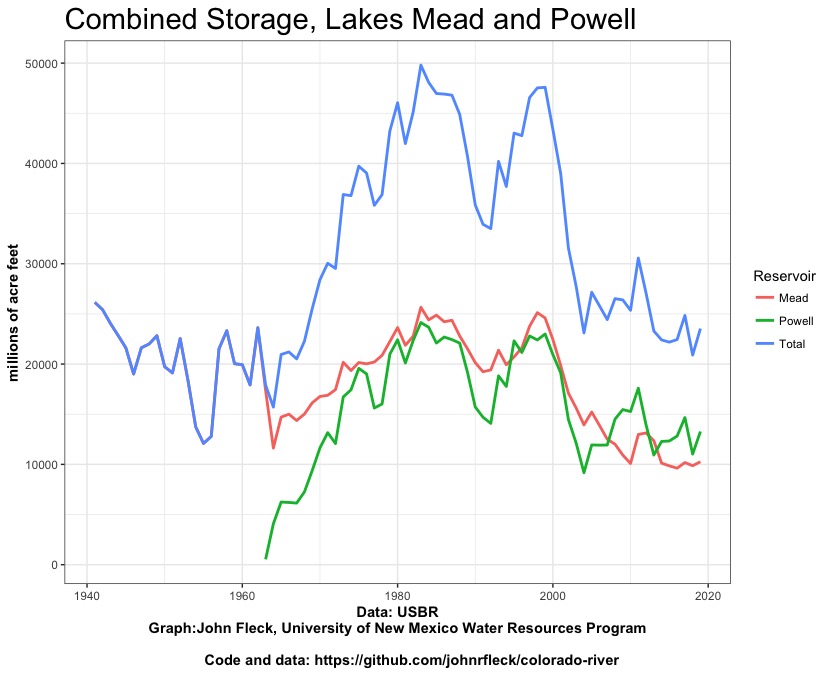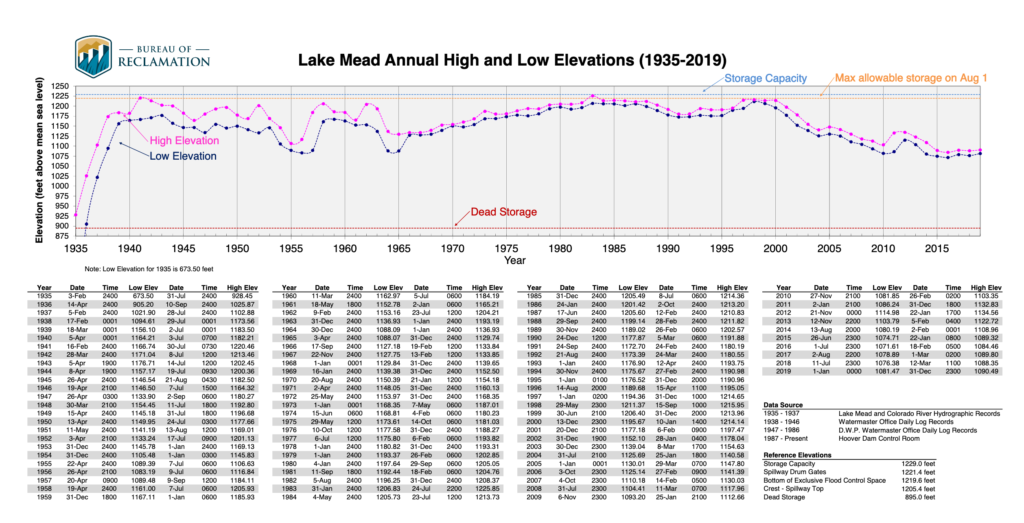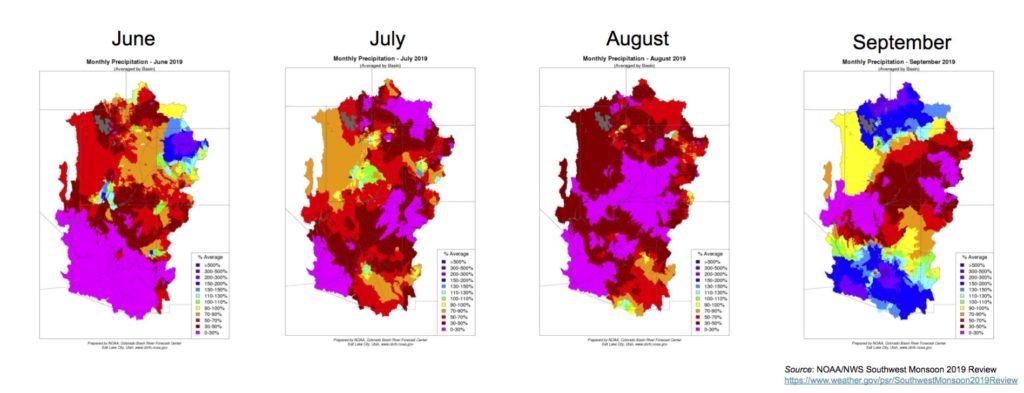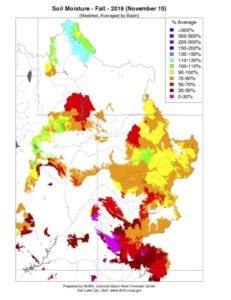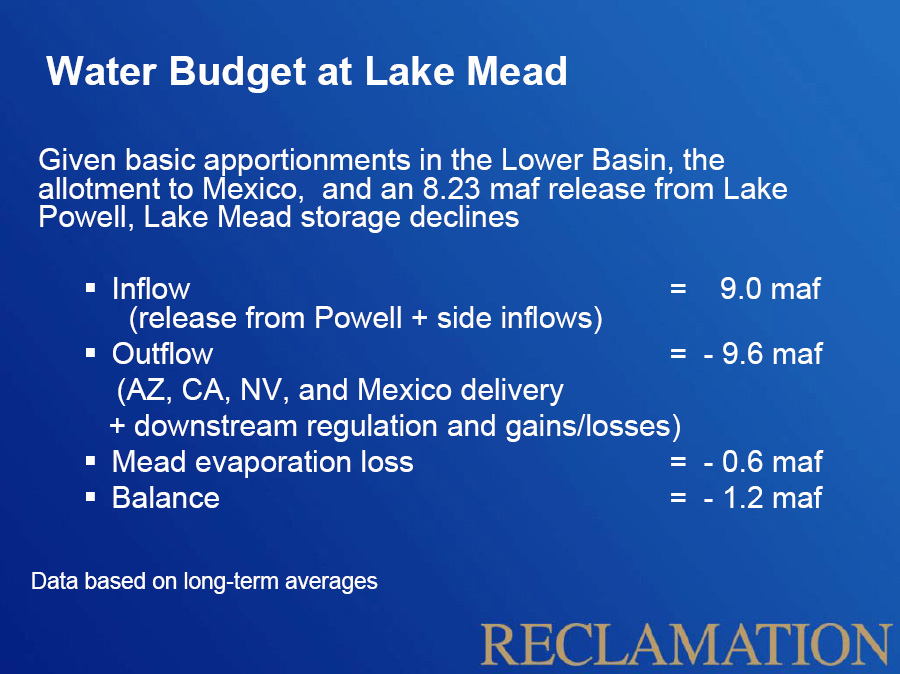Eric and I could not be more happy about this from John Berggren.
There are countless Colorado River resources available to learn about the history of how the river has been and continues to be governed. Hundreds of books, reports, studies, and papers have been written on the subject. Accordingly, it takes something quite new and novel—and credible—to break through the masses and rival Colorado River classics such as Norris Hundley, Jr. and Marc Reisner’s work. Eric Kuhn and John Fleck have undoubtedly done exactly that in their new book Science Be Dammed: How Ignoring Inconvenient Science Drained the Colorado River.
John, who did his doctorate at the University of Colorado studying Colorado River governance, now works for Western Resource Associates, and is one of the smart next generation of water thinkers whose help we need to get out of our current mess(es), argues thus:
If you have ever seen a talk or lecture about the Colorado River, you have almost certainly heard the refrain: when the negotiators divvied up the river in 1922, their period of record for streamflow was unusually high. They believed the river’s annual flow was at least 17.5 million acre-feet (MAF) and able to supply what the states could reasonably develop in the coming decades. Unfortunately, that 17.5 MAF ended up being much higher than the approximate 14 MAF we see today and because of that, they accidentally over-allocated the river.
But as Kuhn and Fleck dug into the record, they discovered the reason for over-allocation was more complicated, nuanced, and ultimately political rather than scientific.
But that was not the only time….
What becomes especially troubling is that Kuhn and Fleck continue to find this trend throughout the rest of the 20th century as further agreements were decided upon, water infrastructure projects were proposed and built, and we saw the continued evolution of Colorado River governance, known collectively as the “Law of the River.”

